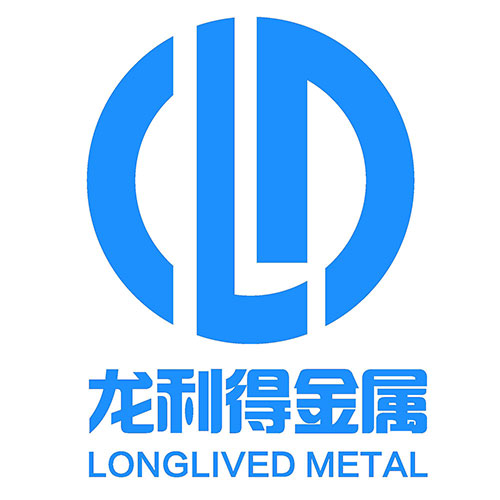Cast Steel Shot, Metal Abrasive, Stainless Steel Shot
Xinhua News Agency reported on July 29: In order to promote the transformation and upgrading and high-quality development of the steel industry, with the approval of the State Council of China, the Tariff Commission of the State Council issued an announcement on the 29th, starting from August 1 this year, appropriately increasing the amount of ferrochrome and high-purity pig iron. Export tariffs will be adjusted to 40% and 20% export tariffs.
In addition, according to a joint announcement issued by the Ministry of Finance and the State Administration of Taxation, starting from August 1, 2021, China will also cancel export tax rebates for 23 steel products including rails.
This is the second time China has adjusted steel tariffs since this year. In the first adjustment of tariffs in May, the export tax rebates of 23 tax numbers covering major high value-added products were retained, and this time they were all cancelled.
According to data from the China Iron and Steel Association, China's steel exports increased significantly in the first half of this year, with a total of 37.382 million tons of steel exported, a year-on-year increase of 30.2% and an increase of 8.6% compared to the same period in 2019. The accumulated imported steel products amounted to 7.349 million tons, a year-on-year increase of 0.1%. The growth of exports was significantly greater than that of imports.
Reducing crude steel production is an important measure to implement China's carbon peak and carbon neutral goal. Since the beginning of this year, China's steel consumption has continued to grow, and steel exports have clearly recovered, driving steel production to run at a high level, and there is huge pressure to reduce carbon emissions.
Industry experts said that the increase in export tariffs on some steel products is intended to actively cooperate with the completion of China's crude steel output reduction tasks, achieve the fundamental goal of curbing the rapid rise of iron ore prices, and promote the high-quality development of the steel industry. At the same time, give full play to the role of import and export supplement and adjustment, and improve the domestic steel supply and demand relationship.
However, since the beginning of this year, the prices of some bulk commodities such as steel have continued to rise, which has increased the burden on downstream industries and put pressure on the recovery and healthy development of the real economy. According to data released by the National Bureau of Statistics of China a few days ago, the price of rebar in mid-July was 5,192.3 yuan/ton, an increase of 262.7 yuan over the first half of July, an increase of 5.3%.
In May of this year, after the cancellation of export tax rebates for some steel products, foreign markets rose further after a short pause. Taking hot-rolled coils as an example, the price difference between China and foreign countries continues to rise to the highest level in history. The export prices of some Chinese steel products are still in the global market price depression, resulting in domestic enterprises still have export momentum.
Based on the new development stage, the starting point and end of the steel industry should focus on meeting domestic demand, while giving full play to the role of import and export supplements and adjustments, and actively respond to the changes in China's steel supply pattern.





